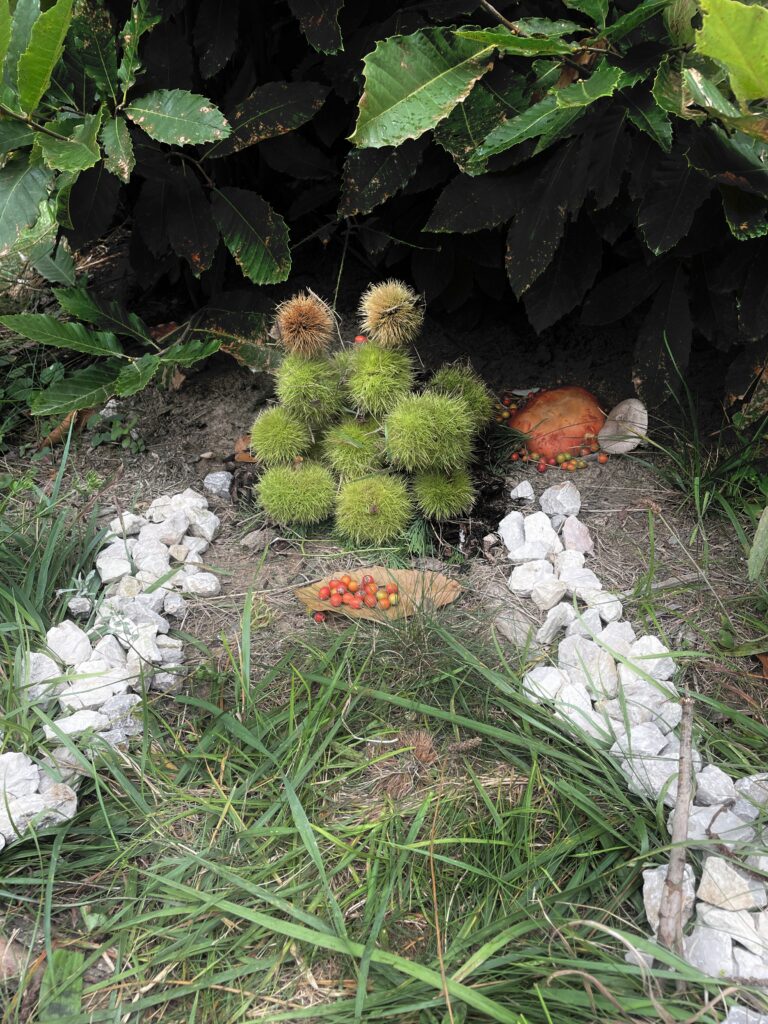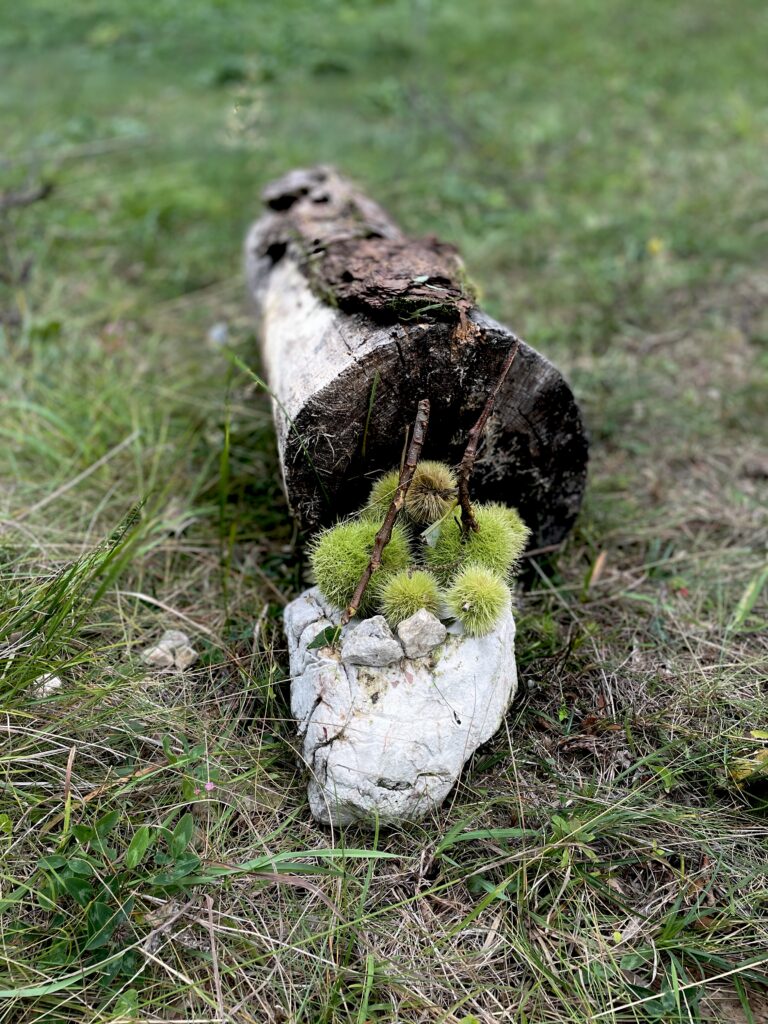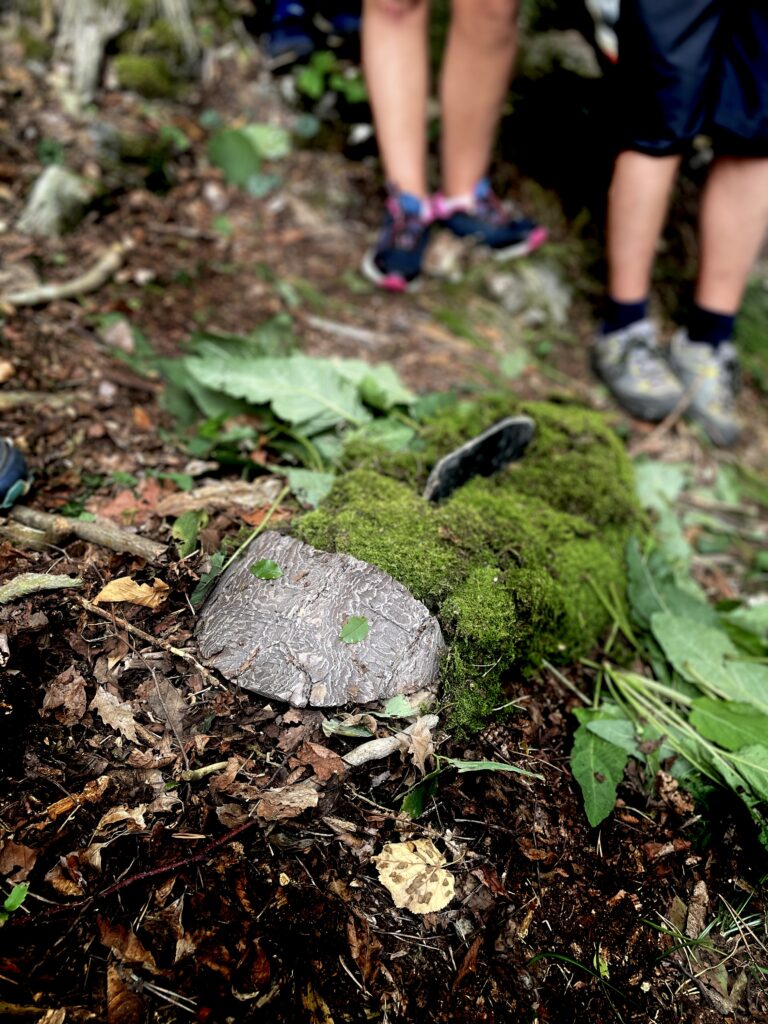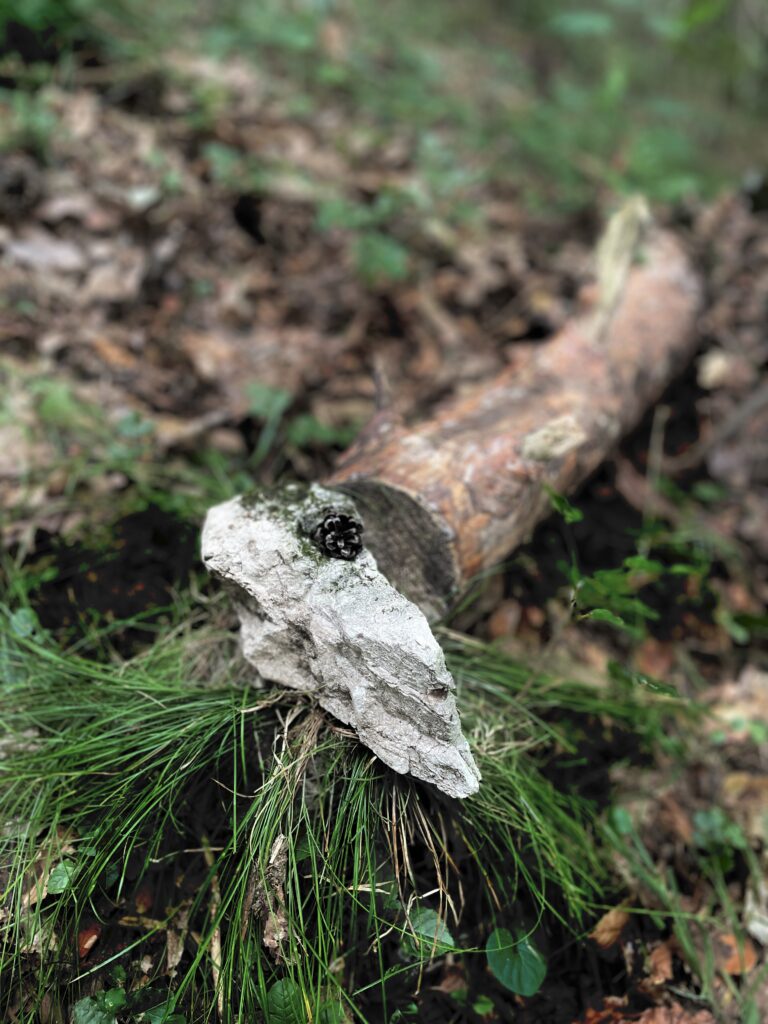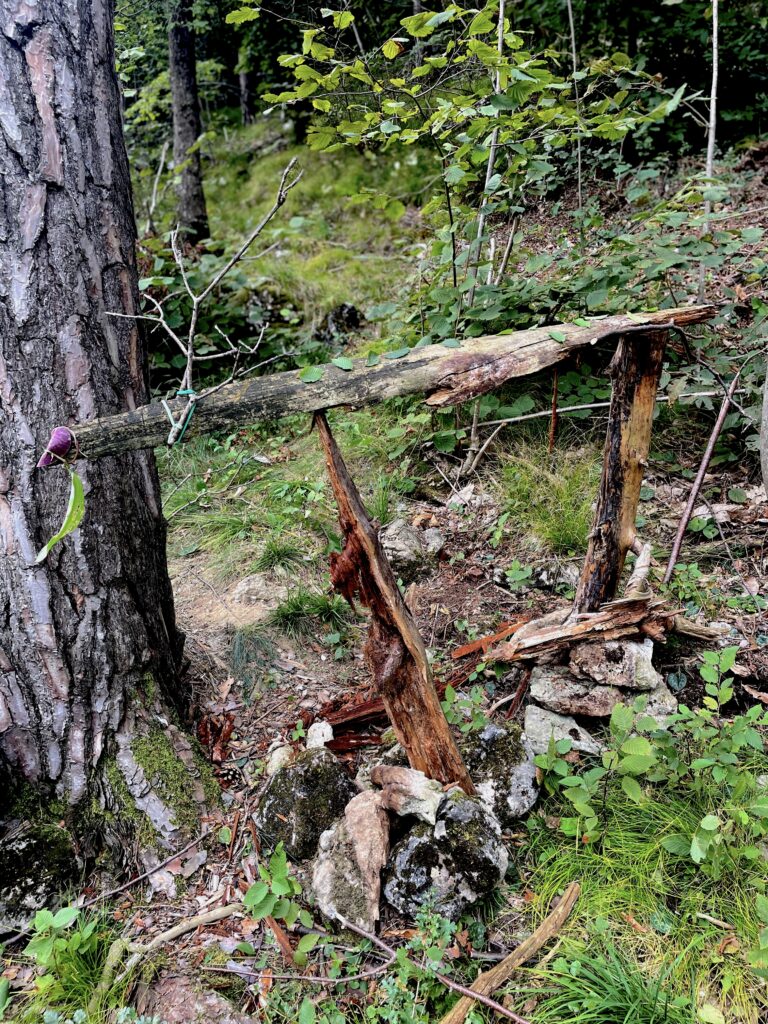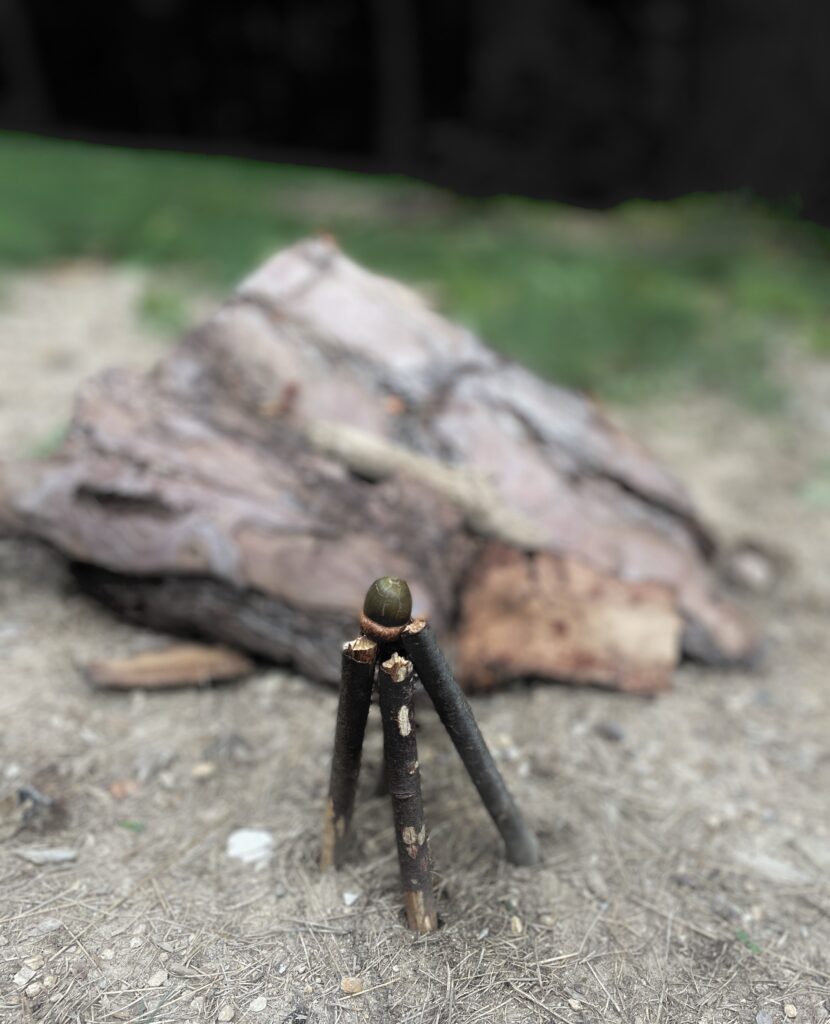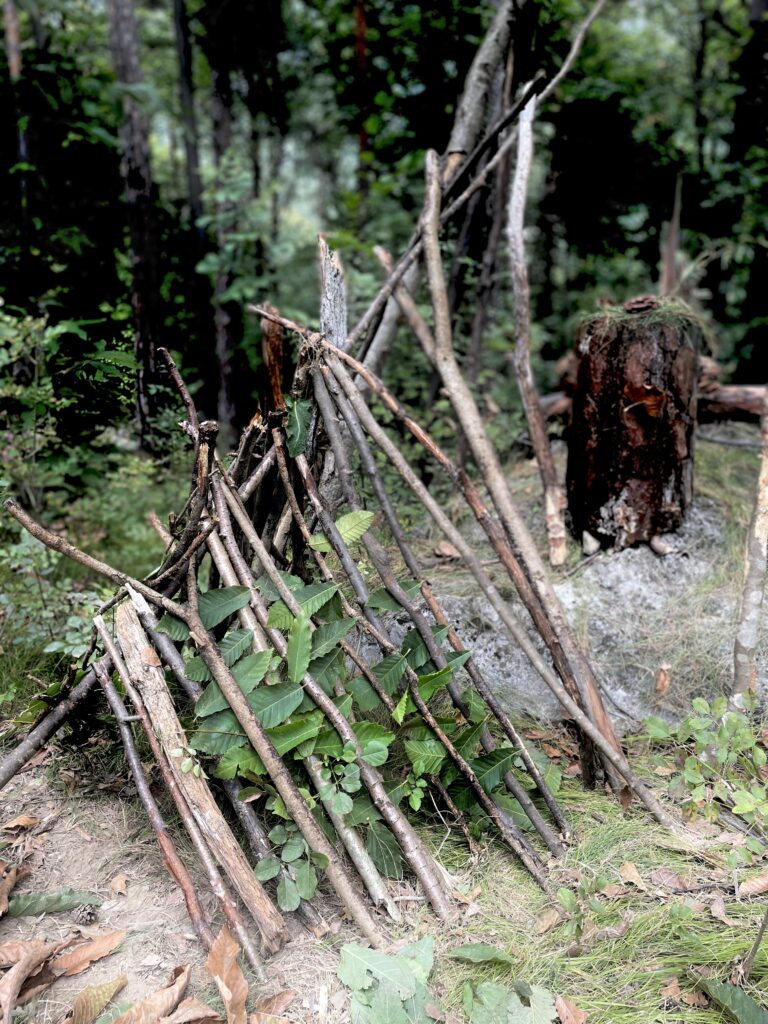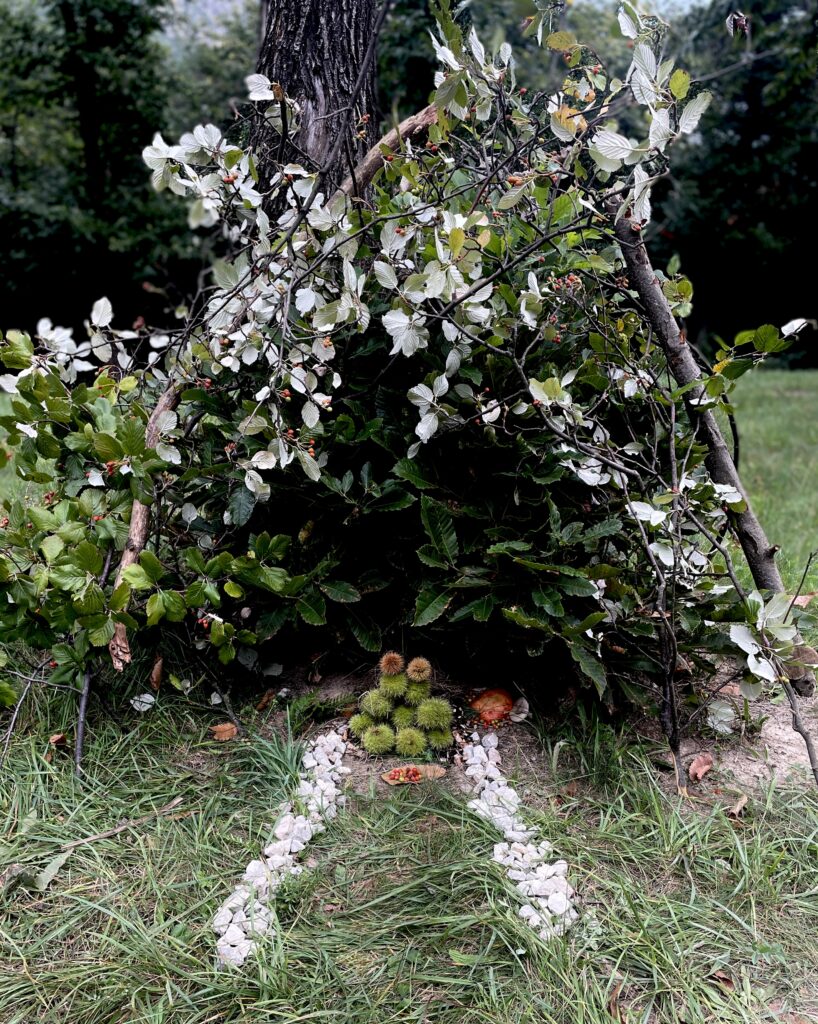Per l’accoglienza nelle classi prime siamo andati a piedi nel bosco che abbiamo la fortuna di avere abbastanza vicino e abbiamo fatto una serie di attività per consolidare la conoscenza e le relazioni fra compagni nelle nuove classi. Una di queste attività da fare in piccoli gruppi da quattro o cinque persone è stata quella di creare un animale fantastico con i materiali trovati nel bosco e nel prato e creare anche la sua tana, sempre con elementi naturali. Nello spirito della LAND ART abbiamo utilizzato i materiali offerti dalla natura per creare le nostre creature fantastiche e le loro tane.
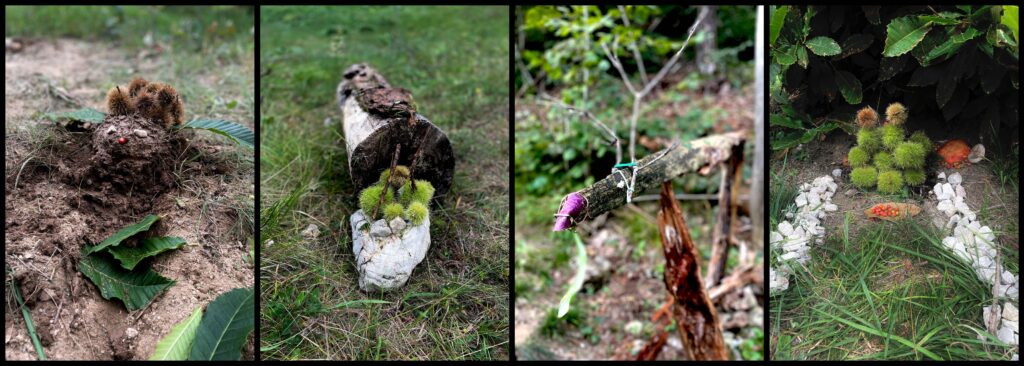
Each group had to come up with a cool name and make up a little story about the animal. They needed to answer the questions: how does it feed? What are his habits? What abilities does he have? Does he live in packs? Does it lay puppies or eggs? Does it hibernate?
The group wrote down and created a short presentation, as imaginative as possible, and agreed on how to present their animal to the others (everyone can speak, everyone can choose a part of the explanation, or only one person in the group can do it, the important thing is is to decide together).
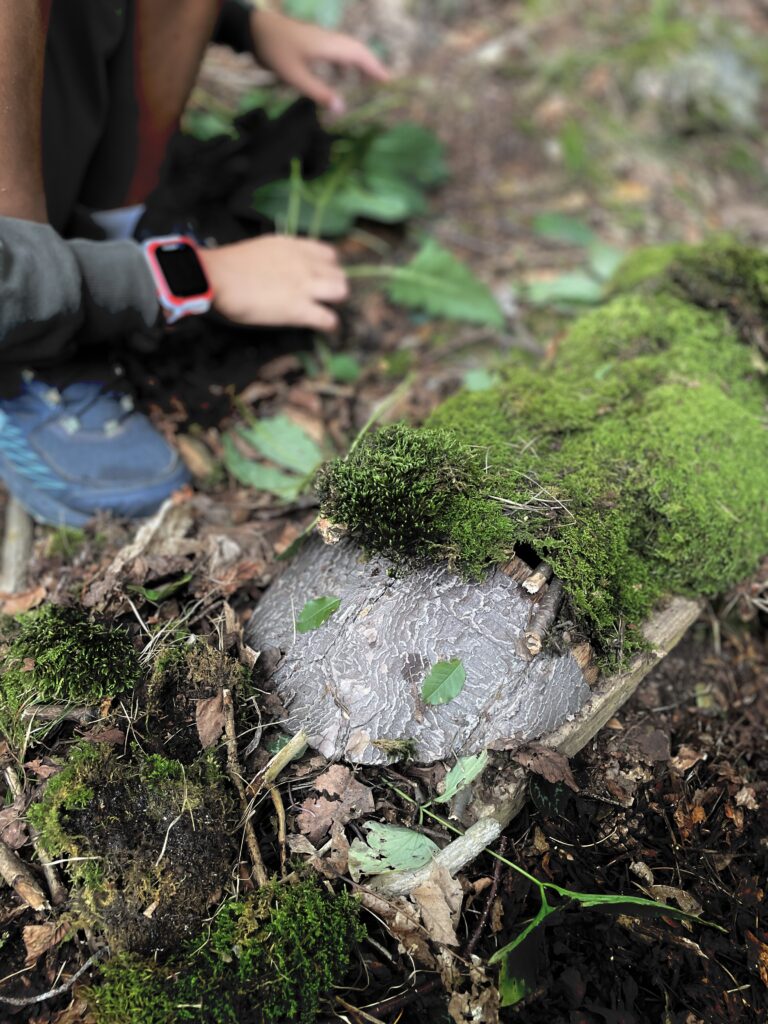
A jury made up of teachers observed the various phases of each group’s work and evaluated the degree of collaboration and organization among the students. At the end of the work, which lasted about an hour, each group presented its animal to all the others, and voted by mutual agreement, on the best animal among those made by their scoolmates.
the job evaluation provided a score from 1 to 5 for these indicators:
Name of the animal, which must be imaginative but relevant
- Variety of materials used
- Originality and accuracy of the story and information about the animal
- Interesting and engaging presentation
- Collaboration of teammates
- 1 point bonus given by schoolmates
The activity was very participatory, the temperament, character and abilities of each boy and girl in the class were outlined, the ability to work together and the ability to listen, conflict resolution and communication were tested. The commitment to a common goal created a good feeling among the students, who were really engaged and happy.


